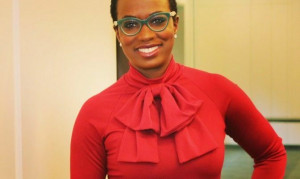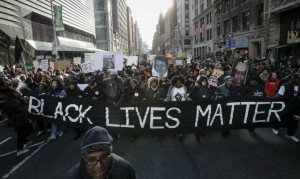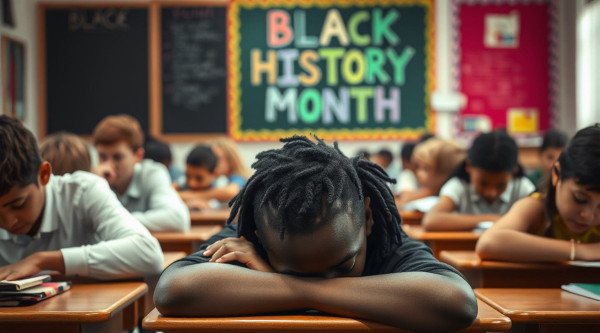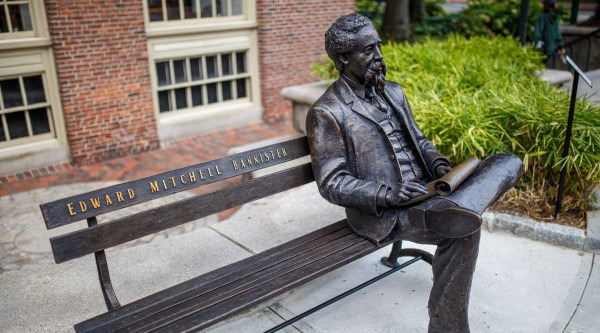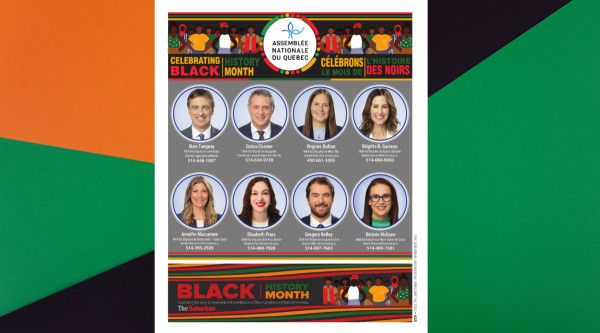She’s startled, and respectfully informs him that “it’s a bit racist”. He replies that it’s not racist and he is just “supporting his coloured friends”. When she presses the issue and asks him to take it off, he sends her to the office.
She speaks to the vice principal, who has no idea what the problem is or why she’s so upset. Just the day before, it was announced over the PA system that everyone could wear the durags to school as part of dress down day and to promote Black History Month.
Whose idea was this, and who approved this, you ask? Well it turns out, the durags idea came from a group of Black students on a Black History Month committee that is led by a white teacher. Apparently the kids “did their research” and this is what they came up with. And the white teacher in charge of this group, I’m guessing was either too scared or too ignorant to tell the kids, hey you know what, durags are head ties some people use to preserve their hair at night, they’re not really a representation of Black history, so maybe we should go with something a little more historically accurate. Maybe let's take a look at the history of Black people's hair, and hair coverings, and how that has evolved over time.
This was a moment when an informed adult was desperately needed. A moment where the grown-up in the room explains the difference between "Black culture" and "things some Black people do". Some Black people have curly hair and wear durags to reduce frizz, but that doesn't make it Black culture.
I suppose that’s asking too much. But is it? Is it really too much to expect a white teacher to have even a sliver of common sense when it comes to Black representation?
Is it too much to ask a white teacher to type the words “Black + history+ Canada” into Google and come up with the most basic of ideas for Black history month?
Is it too much to ask schools that have huge Black student populations to make an effort to hire Black teachers? I happen to live in Durham where this incident happened. I have a school-aged child and I can tell you that the staff at his school in no way reflects the student body. Yet still, they managed to cobble together a decent display in the hallway (pictured below).
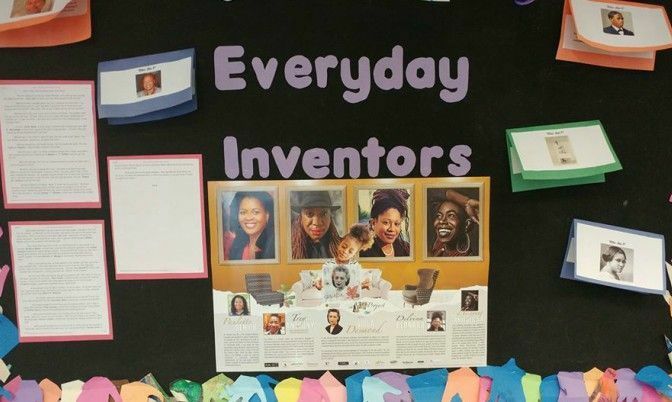
If it’s too difficult to find qualified Black teachers (heads up, it’s not) then is it too much to ask that during Black History Month, white teachers seek out some professional help instead of relying on teens to come up with an entire Black history month program?
Here’s a tip. Set aside some of your yearly budget to pay people from the Black community who actually know what they’re talking about and have taken the time to come up with age-appropriate Black History content. Here’s a shortlist of people off the top of my head who would be happy to come to your school.
1. Dr. Andrew Campbell - Find him on LinkedIn
2. Sean Mauricette - seanmauricette.com
3. Robert Small - thelegacyposter.com
But you know, this kind of thing comes with the territory doesn’t it? It’s part of the “Black burden” and I guess it starts as early as high school. I’m talking about the burden every Black person has experienced at work when it’s Black History Month or when a “Black issue” comes up in conversation, and everyone looks to you to be the expert, the official spokesperson of all things Black. In this case, a group of kids were expected to lead the way on an entire school’s Black History Month recognition.
However, this incident also highlights how poor of a job we are doing as Black parents teaching our kids about their own history and culture. It’s simply unacceptable for us to have our kids thinking that durags are a symbol of Black history. There's no way around that.
So whose responsibility is it? I’ve been engaged in heated debates with my friends online about this. “We don’t expect kids to teach themselves math do we, so why Black history?” vs “Reading is free and Black parents have ZERO excuse for not informing their children about Black history and culture.” Both true.
But here’s the thing. This year, our prime minister kicked off Black History Month by recognizing the UN International Decade for People of African Descent. In his speech he said, “Black History Is Canadian History”. But how will that phrase ever be true when names like Viola Desmond or Lincoln Alexander are not common knowledge among ALL races of people in Canada? How can Black history really be Canadian history when in 2018, a white teacher has such little knowledge of the Black Canadian contribution that he/she thinks wearing durags for Black history month is okay? How can Black history really be Canadian history when it is nowhere to be found on any official Canadian curriculum?
The funny thing is, you don't even have to go that far back in history to find Black accomplishments to talk about. Black Canadians are making history as we speak.
A few weeks ago I was at the Ontario Black History Society brunch where Canada Post unveiled a commemorative stamp featuring Kay Livingstone. As her daughter read from her late mom’s impressive resume, including being the person to actually coin the phrase “visible minority”, a Black woman sitting next to me said to her friend, “Why have I never heard of this woman?” Her friend replied, “Girl, that’s how bad it is.”
Yes, it's that bad. There are hundreds of books written by Black historians and academics detailing Black Canadian history. There are at least a dozen museums and online portals dedicated to Black Canadian history. But somehow these books and materials don't make it into the hands of high school students. There aren't that many field trips to Amherstburg Freedom Museum or Buxton National Historic site. For some reason they are not deemed worthy of study or inclusion in the curriculum.
This was the impetus for us at ByBlacks to create the #BlackHistory365 campaign, where we spent an entire year dedicating our social feeds to Black Canadian History every single day.
We are systematically ignored and erased from the Canadian historical record. And until that changes, Black history and Black people in Canada will continue to be “othered” and remain on the fringes of the national conversation.
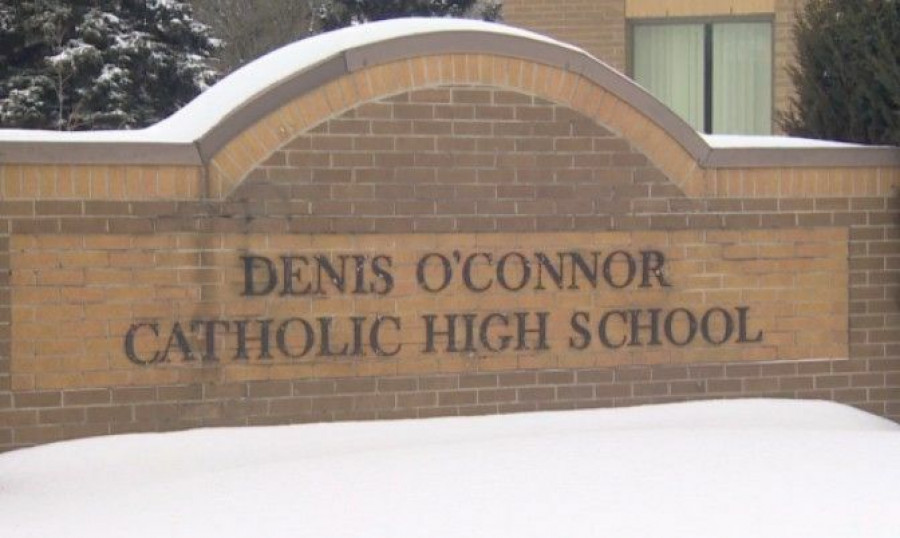
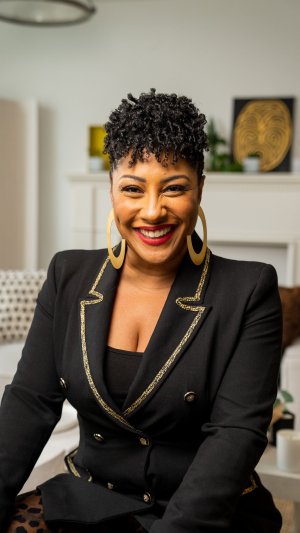 By
By 




